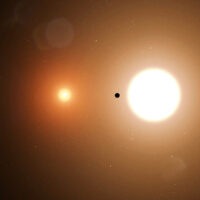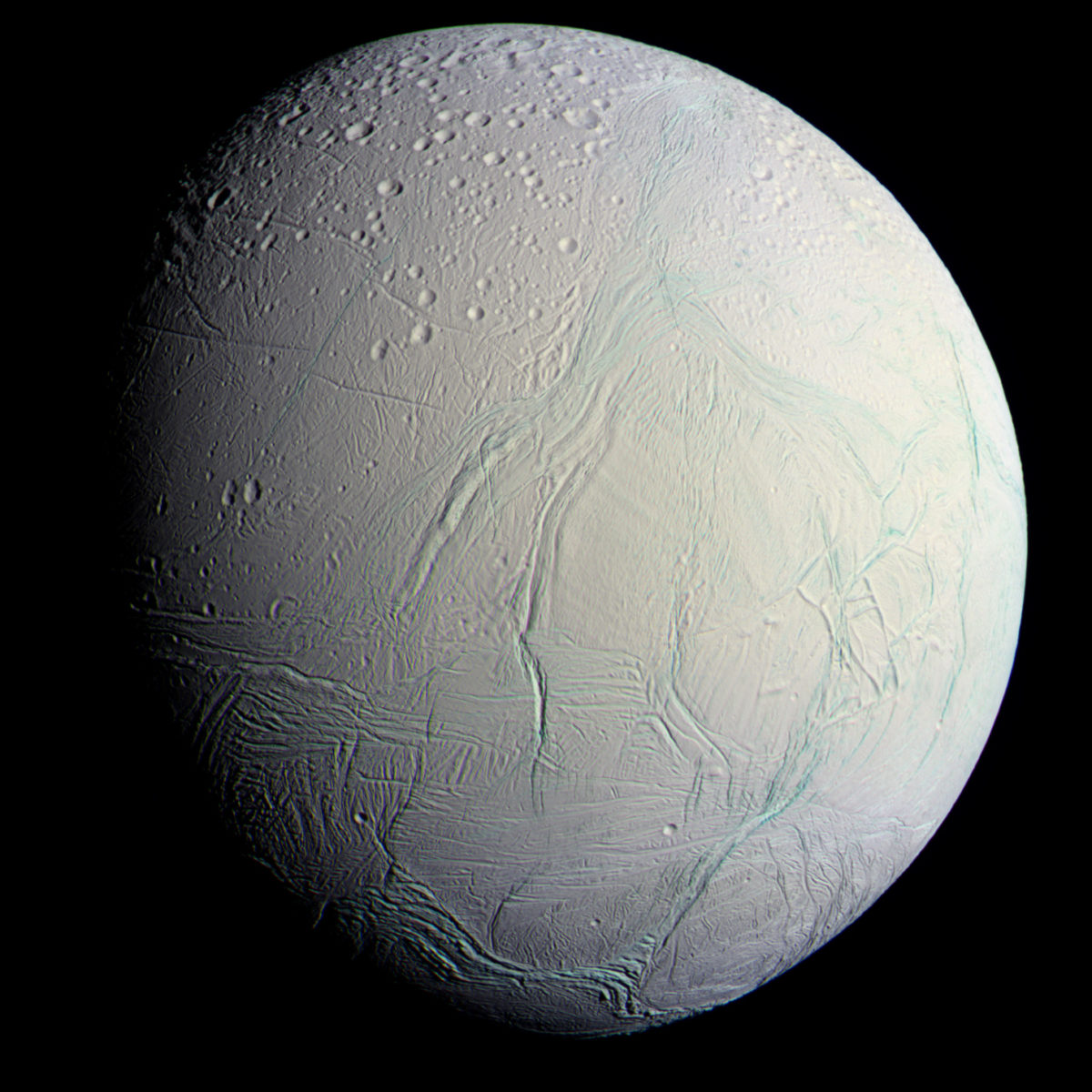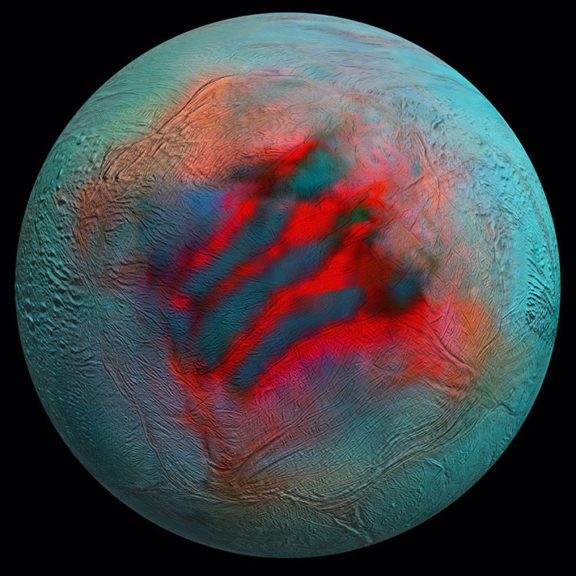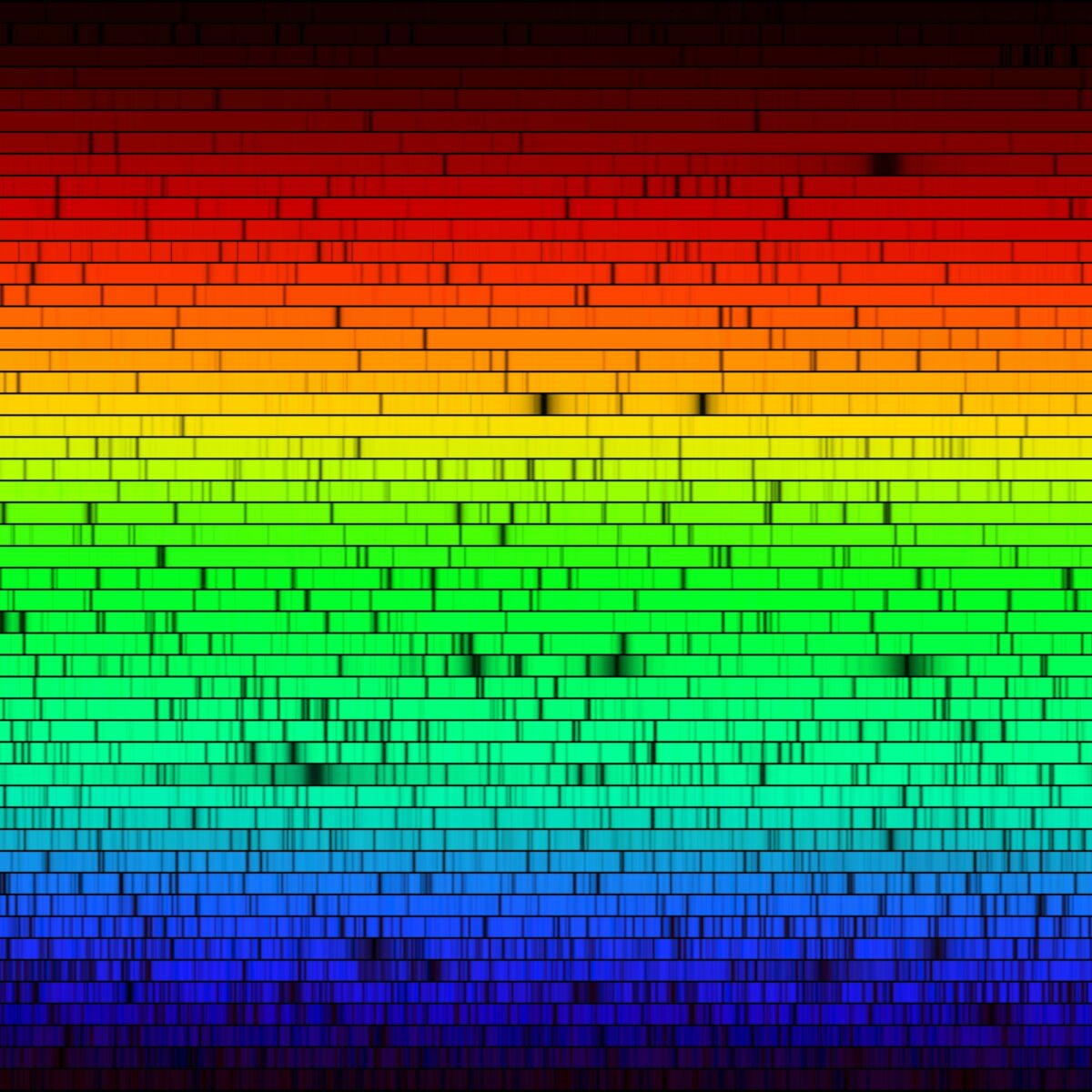All
All
Stories, updates, insights, and original analysis from The Planetary Society.
The Space Advocate Newsletter, October 2022
Will a SETI signal unite or divide us?
JWST’s carbon dioxide discovery is good news for Earth-like worlds
NASA's JWST recently detected carbon dioxide in the atmosphere of an exoplanet known as WASP-39b — a historical first.
Are planets with two stars promising places for life?
A look at the potential for habitable planets in binary systems despite their chaotic births.
Faith, Doubt, and Contact
Contact remains a unique movie due to its representation of science. It remains a great film due to the treatment of doubt and faith as a universal aspect of human existence.
What might JWST reveal about TRAPPIST-1?
We spoke with the scientists leading the first observations of TRAPPIST-1 using the James Webb Space Telescope (JWST) in order to understand what mysteries their observations will help unlock.
A little too close for comfort
From gas orbiting a supermassive black hole to asteroids orbiting near the Earth, sometimes the vastness of space can feel a bit tight.
When will we explore Enceladus to find alien life?
While NASA will launch Dragonfly later this decade to Titan, another potentially habitable moon of Saturn, no space agency is currently funding a mission to Enceladus.
Beyond the far side
Explore the two-faced Moon and meet two new projects paving the way for the future of space science.
Announcing the First-Ever STEP Grant Winners: Citizen Science SETI and Determining Asteroid Properties
The new STEP Grants program is designed to regularly compete a significant portion of The Planetary Society’s science and technology portfolio.
Where are the ocean worlds in our solar system?
Ocean worlds are among the best candidates to search for life.
An ice giant and its dwarf companion
Neptune and Triton come into focus as destinations worth exploring.
What light through yonder prism splits?
Discover how we use light to look for signs of life beyond Earth, and meet the newest batch of Planetary Society-funded asteroid hunters.
How we use starlight to look for alien life
The process of spectroscopy can help scientists hunt for biosignatures.
Shoot for the moon that shoots back
Saturn’s moon Enceladus has some intriguing features: snow, ice, geysers, stripes and much more, all waiting to be further explored.
Alone in space, but not lonely
Comet Leonard heads out to roam free in interstellar space, alongside rogue planets, their moons, and maybe even life.
Is life possible on rogue planets and moons?
Our exploration of the solar system combined with two decades of exoplanet research tells us there are several possibilities for life to exist on starless planets and their moons.
Let’s not forget the other Mars explorers
This week we take a look at some of the amazing Mars exploration being conducted, and celebrate the highlights of space in 2021.
Optimism, ethics and pride
The values that have driven space exploration since its beginnings are still going strong today.
Looking forward to looking into deep space
The newest issue of The Planetary Report takes a look at the James Webb Space Telescope and what it will teach us about the cosmos.
The Fermi paradox and Drake equation: Where are all the aliens?
Theoretical work in SETI, the search for extraterrestrial intelligence, is dominated by two key concepts: the Fermi paradox and the Drake equation.


 Explore Worlds
Explore Worlds Find Life
Find Life Defend Earth
Defend Earth


 Sun
Sun Mercury
Mercury Venus
Venus Earth
Earth Mars
Mars Jupiter
Jupiter Saturn
Saturn Uranus
Uranus Neptune
Neptune Small Bodies
Small Bodies


















